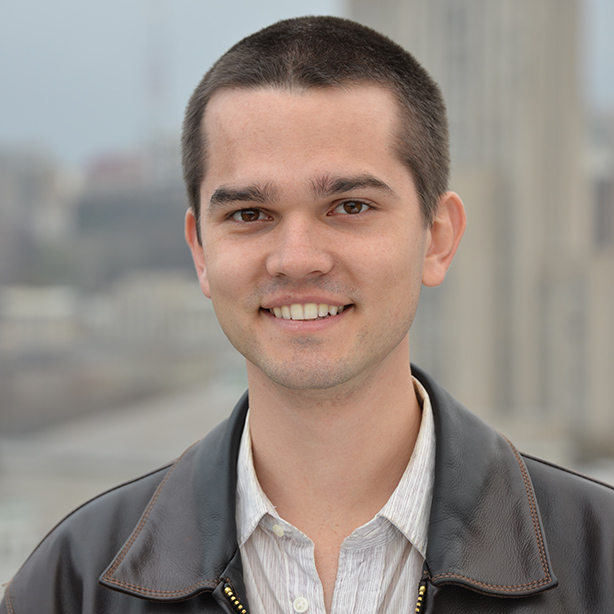Podcast: Play in new window | Download
Subscribe: Apple Podcasts | RSS

Welcome, Derek Kozel of Ettus Research (a National Instruments company) and the GNUradio project!
- Derek recently moved to Cardiff, Wales (UK). His new house will soon be outfitted with many antennas.
- At university he was part of the ham radio club (W3VC), which got him into the whole industry.
- Repeaters
- Chris suggested a Baofeng as an HT (which was met with disgust). Derek uses a Yaesu VX-6
- After college Derek went to work at SpaceX on sensor networks.
- Derek now works at Ettus Research. We had the founder Matt Ettus on the show in episode 101.
- Just a sampling of SDR applications
- Radar for space debris (?)
- Ultrasound
- MRI machine on the desktop
- Hard parts of SDR
- Software
- Filters
- Antennas
- Antenna Theory by Balanas
- RTL-SDR / SDR Sharp (now Airspy)
- Derek and Chris were hanging out at FOSDEM
- Though CERN obviously has a very intricate front end, the LHC only outputs roughly 40Gb/s. This is the equivalent of one SDR.
- Open BTS – an open source implementation of a cell phone tower
- Range networks
- The main view of GNU Radio Companion (GRS) is the flow graph
- Web SDR applications
- Former guest Mike Ossmann did a bunch of SDR tutorials.
- Digital vs analog modes
- On-off keying is like what garage door openers do in infrared
- Frequency Shift Keying (FSK) is bouncing between frequencies. Common ones are 1200 Hz, 2200 Hz (usually shifted up to different carrier frequencies)
- APRS network
- (Forward) error correction
- Digital video broadcast is already possible and happens in some cases in the amateur world. Better examples are the recent SpaceX launch and their perfect feeds back to earth.
- Ettus USRP1
- GNU radio adoption is rising in both the for profit and non profit space.
- Derek is now an officer for the GNU radio project and his boss Martin Braun is the community leader.
- This is where Chris got the idea for a Manufacturing group for KiCad. Interested? Sign up for the mailing list here.
- Club Mate (blech). But if you really like it there may be an open source version on the way.
- Framework where you can drop your code into the FPGA (because it’s open source). Check that out, as well as the schematics for much of the hardware at files.ettus.com
- Osmocom
- Conference for GNUradio – Sept 17-21 in Henderson (LasVegas). You can see the schedule from last year.
- The EISCat project is doing “Radar for the clouds” (among other things). Read more about them here, here and here.
- GNUzilla
- Beam steering/forming is used broadly in that project (but is a base physical idea). Watch a demo of it here. This is an implementation of MIMO.
- Vector library of optomized kernels (VOLK)
- GPUs, custom ASIC, FPGAs
- Receiving satellites
- Decoding LoRa (GR LoRa…and…GR LoRa). This was done by Matt Knight of Bastille, his talk was mentioned a few times from CCC.
- Reducing the learning curve
- Where to learn more about GNUradio
- Find Derek online
- On twitter! @derekkozel
- IRC
- Talks

This was perfect timing. I just passed my Ham licensing exam yesterday. Great stuff! Thank you!
Band. width. *mind blown*
The discussion on “beginner’s mindset” was spot on.
Chris sounds like perhaps he’s never been a part of really good, interesting and recurring QSOs with awesome operators.
This is correct.
trying to find that 5 usd sdr on ebay… anybody got a link?
Wondering the same thing – I’m guessing it might be the ones that pop up when you search for RTL-SDR 9:1
Found this article http://www.radioforeveryone.com/p/july-6-2016-chinese-versus-branded.html
‘This house is _actually older_ than electrical wiring’ [they both chuckle]
Americans are so cute.
Note that AIS is marine ship / boat location, etc data. Aircraft data is ADS-B. Both can be received and decoded with GNUradio and friends.